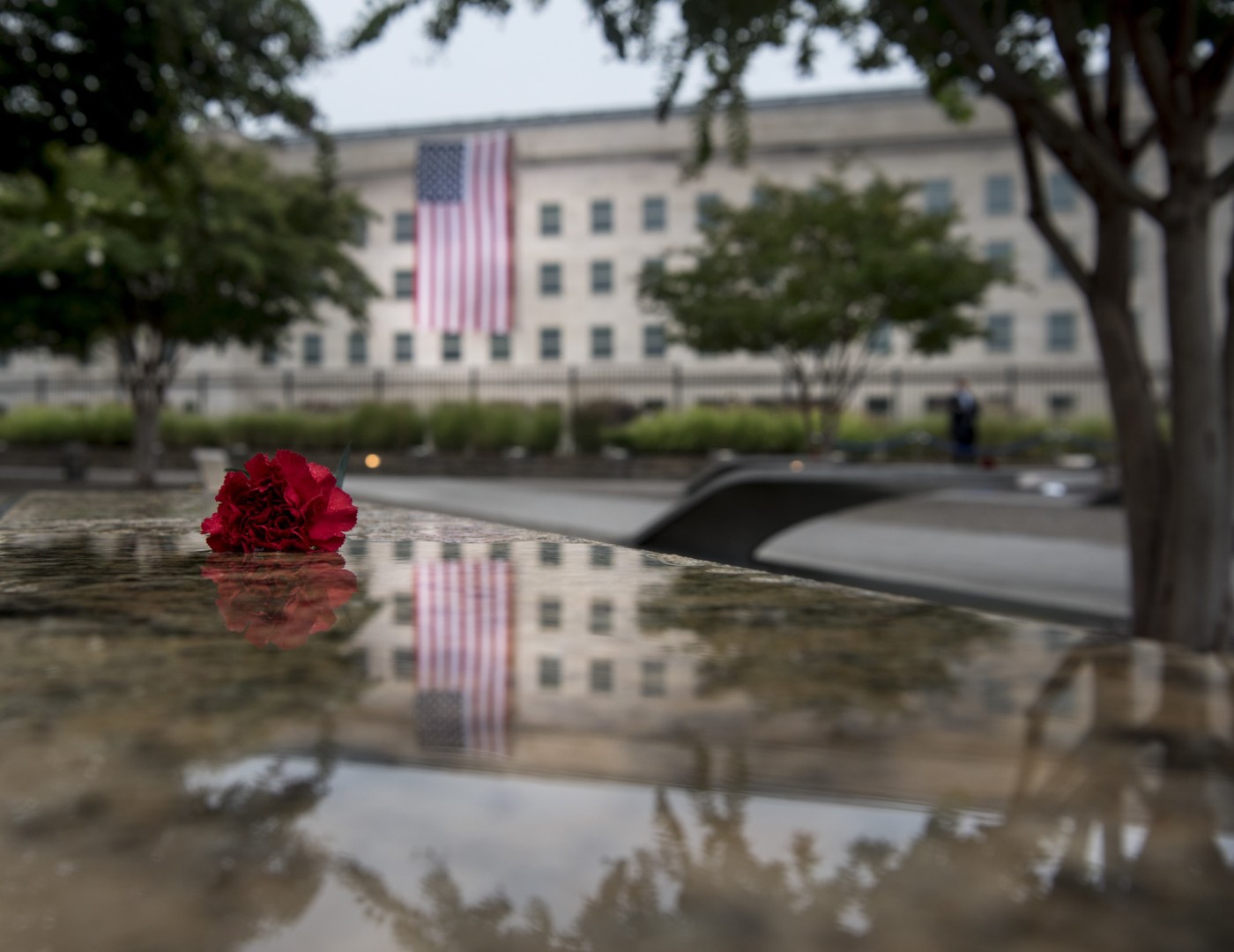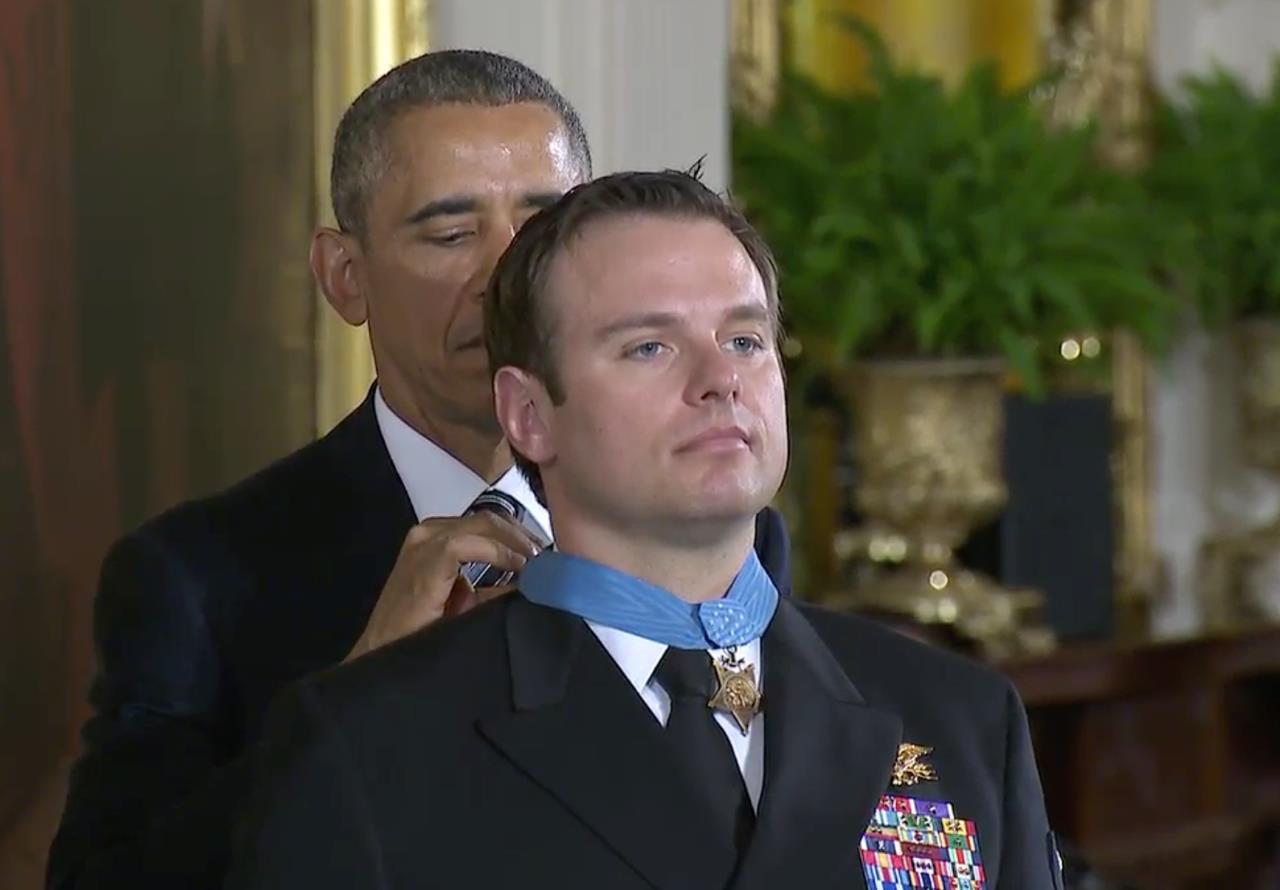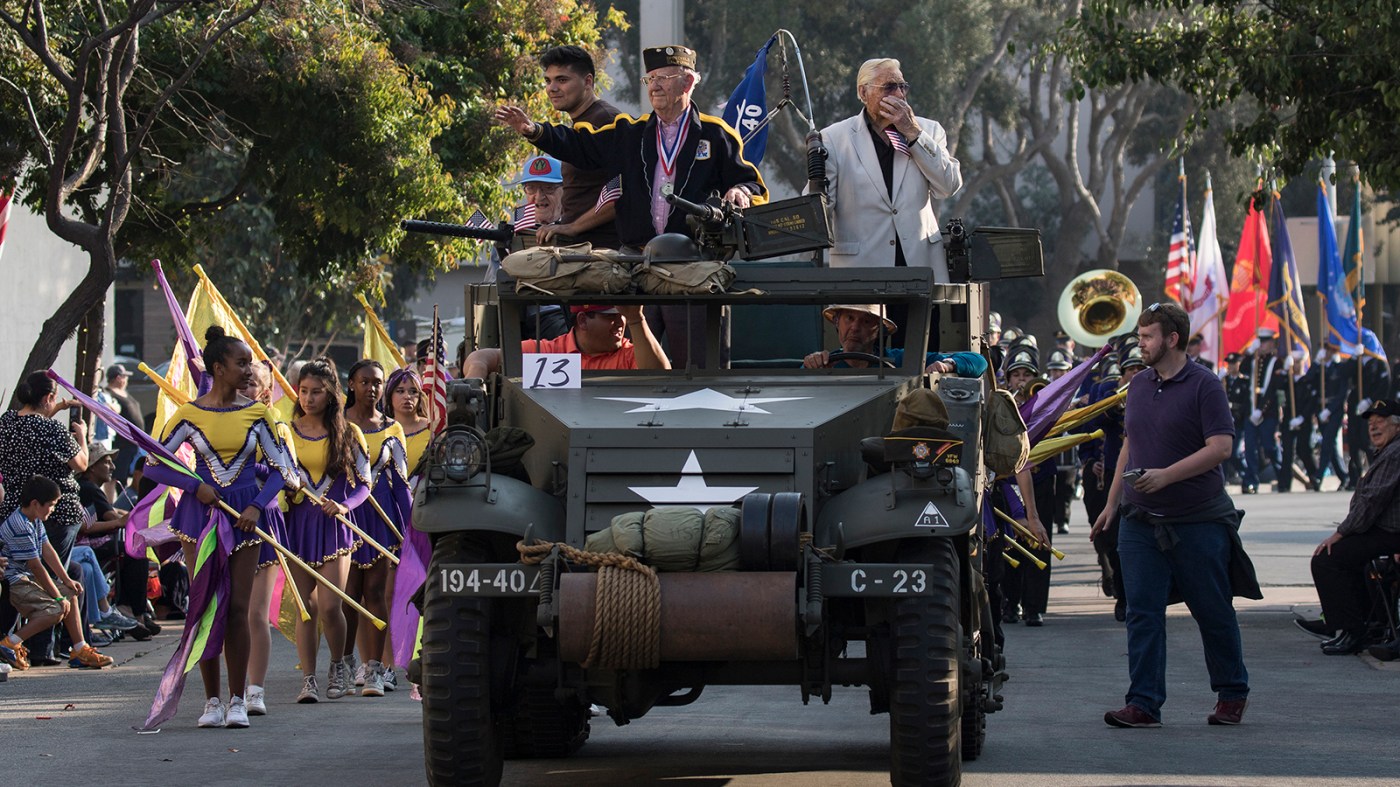For more than four years, Michael Rodriguez has been helping lead a bid to establish a memorial to U.S. service members who have fought in the post-9/11 conflicts. The relentless efforts by the president and chief executive officer of the Global War on Terrorism Memorial Foundation recently crossed a major hurdle.
Last month, U.S. representatives–and Veterans–Mike Gallagher (R-Wis.) and Jason Crow (D-Colo.), introduced a bill to authorize establishment of the memorial. The GWOT Memorial Location Act would locate the memorial in one of three proposed areas in the Reserve section of the National Mall in Washington: Constitution Gardens, West Potomac Park or the JFK Hockey Fields.
Rodriguez is optimistic that Congress will pass the bill in the spring of 2020. As a former Special Forces Green Beret who deployed nine times, he’s thrilled that the memorial is inching closer to reality.
“This is just kind of reinforcing what we all know needs to be done,” Rodriguez said in a recent interview. “For me, in serving as long as I did, it’s just honoring a family. It’s a brotherhood, a sisterhood, however you want to look at it. For me, I feel it’s our duty to honor all those who have stepped forward and served this great nation of ours. So it’s just taking care of those that I love.”
Unprecedented memorial to a living war
The project honors those who have served in response to the terrorist attacks on the World Trade Center in New York City and on the Pentagon on Sept. 11, 2001. The memorial will not only recognize the men and women who have served in the wars in Iraq and Afghanistan, but also those who have fought in other U.S. operations that align with the global war on terror, such as those in Syria and Africa.
After 9/11, the United States entered “multi-generational conflicts that we’re still in right now as defined as the global war on terror,” Rodriguez explained. “That sets this memorial apart because this is a war memorial to a living war, meaning we’re building this memorial to those who have yet to serve. Just like this war has no precedence, this memorial has no precedence.”
Previously, Gallagher co-sponsored a bill with another Veteran of the global war on terror, Rep. Seth Moulton (D-Mass.), to establish the National Global War on Terrorism Memorial. President Trump signed that legislation into law in August 2017.
No plan exists as to how many, if any, names will be inscribed on the memorial, whether it’s those alive and those who have been killed or wounded in action. Rodriguez said that decision will be made in the design phase of the project, which is yet to begin. Approximately 4.8 million U.S. Veterans and 67,000 active-duty personnel have served in the global war on terror. An estimated 7,000. service members have been killed and nearly 53,000 wounded.
The Site
Currently, the Global War on Terrorism Memorial Foundation is trying to determine where among the three sites on the National Mall the memorial will be built. Rodriguez said the site chosen will likely have a big impact on the design. If the memorial ends up in West Potomac Park, for instance, it will probably consist of a water feature. A large memorial pool and fountains are part of the attractiveness of the World War II Memorial, which opened in 2004 in West Potomac Park. The Korean War Veterans Memorial, which is also in West Potomac Park, includes a water feature, too.
The decision to build inside the Reserve section was not the foundation’s idea. In 2018, Rodriguez and his colleagues began conducting discussion groups across the country on the memorial with Gold Star and Blue Star family members, Veterans, active-duty service members, faith leaders and those who never served. The foundation collected data, for example, on what message the memorial should project and where it should be located. The overwhelming majority wanted it built somewhere within the Reserve, he noted.
Congressional approval—in this case the goal of the bill that Gallagher and Crowe are co-sponsoring—is needed to build on areas of the National Mall that are part of the Reserve.
“The beauty behind it all is the various demographics of people that we spoke with,” Rodriguez said. “It didn’t matter their background. It didn’t matter their service. They all felt the same way. I really hope people understand that the choice to pursue land inside the Reserve was the American people speaking.”
Transition
As Rodriguez sees it, now is the time for the memorial to transition from idea to reality.
“The very first generation, our senior [military] leaders at the time the war started, is in their 60s and 70s,” he said. “If we don’t do this now, they will never see the memorial to the war that they led. We want to avoid what happened to the majority of the greatest generation from World War II. They never saw the World War II Memorial. My two grandfathers who served during that war never had the opportunity to see it. We want to avoid that. So the timing is right.”
Topics in this story
More Stories
The 80th anniversary of the beginning of World War II's Battle of the Bulge was commemorated at the World War II Memorial in Washington, D.C. on Monday, Dec. 16, 2024.
VA recently developed a pilot program providing direct and specialized assistance for the 65 living Medal of Honor recipients nationwide.
This year, Veterans Day ceremonies recognized by VA will be held in 66 communities throughout 34 states and the District of Columbia to honor the nation's veterans.






Yes this is a great way to Honor hour Men and Woman in the military. Thanks for stepping up to the plate to get this done. Yours truly Gordy (USMCR Ret)